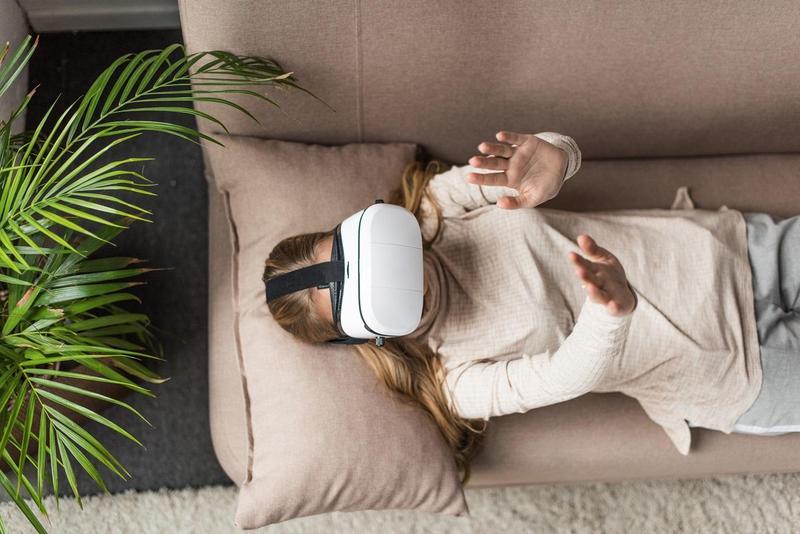
Virtual reality has become an effective tool in the treatment of mental disorders.
With the help of virtual reality, physicians have achieved significant results in the treatment of disorders such as:
- claustrophobia
- fear of open spaces, heights
- airplane flights
- public speaking
- post-traumatic stress disorder in war veterans
- children’s autism.
In particular, researchers at Emory University School of Medicine found that simulating in virtual space various sensory triggers associated with memories of trauma suffered during the war by patients suffering from post-traumatic stress disorder (PTSD) can reduce the manifestation of its symptoms for the next six months after VR therapy by 15–67%.
With VR, you can create certain experiences that cannot be replicated in real life. This experience can be manipulated so that the person experiences a realistic, but safe, and fearful situation.
Let’s look at the example of a common type of anxiety - fear of public speaking.
During the session, the researchers addressed the participants' fear through the principles of cognitive-behavioral therapy, which included catastrophic thoughts. Patients performed in front of a virtual audience, and for each participant, virtual reality was configured individually - in accordance with the environment, mood and behavior of the audience.
The specialist can vary the degree of exposure, for example by changing the size of the audience and the level of detail of clothes and faces of virtual listeners and their behavior ranges from attentive listening to disapproving shouts from the crowd.
"The reduction in fear of negative evaluation found in the study supports the hypothesis that virtual reality therapy to combat the fear of public speaking works primarily by refuting catastrophic beliefs about your own work, rather than how others perceive you," said researchers.
Virtual reality has also been shown to be effective in treating children and adults with autism. Simulation of various social situations allows them to develop normal behavioral reactions in society. A series of experiments at Newcastle University, the results of which were published in 2014 in the journal PLOS ONE, proved the effectiveness of the treatment of phobias and anxiety in autistic children.
Currently, in the USA and Europe, the technology of exposure therapy using virtual reality is used exclusively by professional psychiatrists and is not available to a wide range of users, although technically for its use it is enough to download a mobile application with the corresponding therapeutic VR simulations and run them on a smartphone installed in a device such as Samsung Gear-VR or Google Cardboard.
Be the first to post a message!